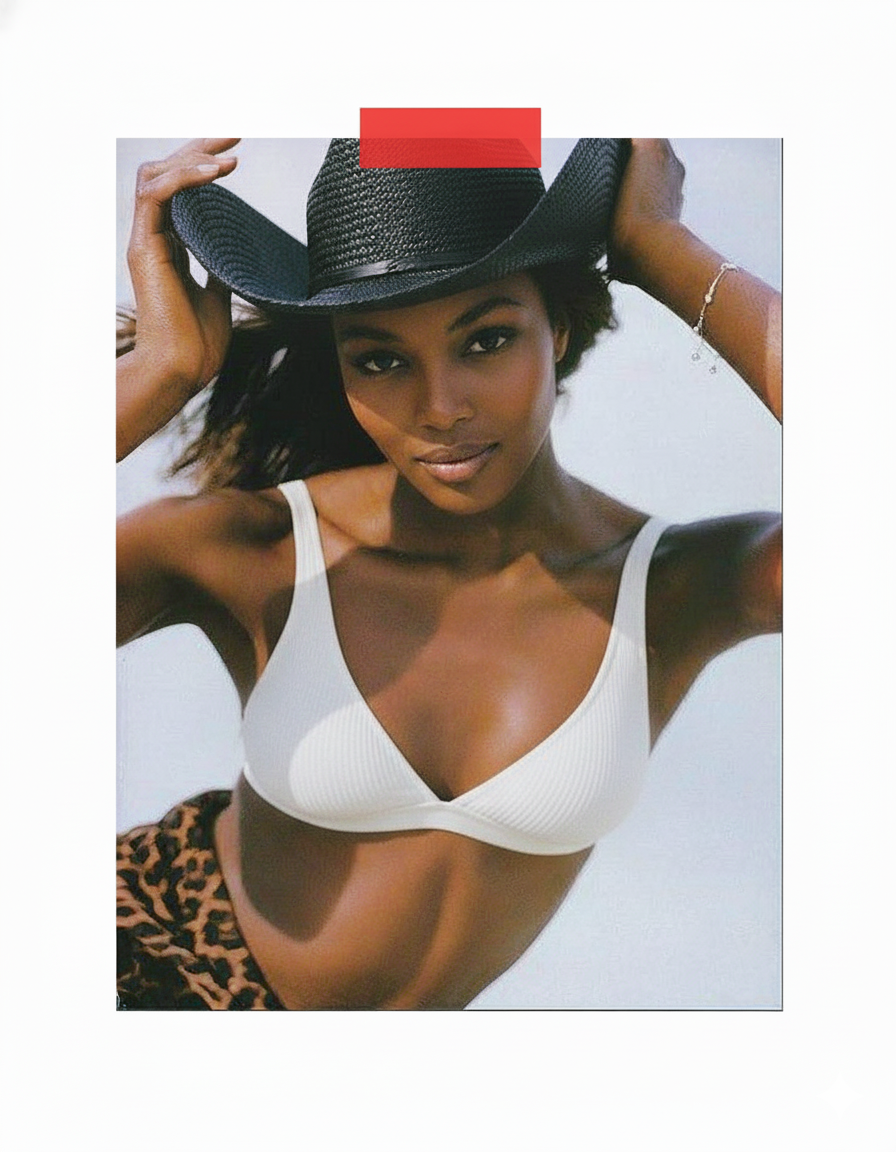In the pursuit of streamlined beauty routines, the convenience of makeup infused with Sun Protection Factor (SPF) can be highly appealing. While the inclusion of SPF in cosmetics offers a supplemental layer of defence, it is a common and critical misconception that relying solely on the SPF in your makeup provides adequate sun protection. Dermatologists and skincare experts universally advise that makeup with SPF should be considered a "bonus" at best, never a substitute for a dedicated, broad-spectrum sunscreen.
Why SPF in Makeup is Insufficient
Several key factors limit the effectiveness of SPF in makeup:
- Insufficient Application Quantity: To achieve the stated SPF on a product label, the recommended application amount is approximately 2 milligrams per square centimetre of skin. For the face alone, this translates to roughly a quarter teaspoon (or a nickel-sized dollop) of product. Few individuals apply this generous amount of foundation, tinted moisturiser, or powder to their entire face. Consequently, the actual protection received is significantly lower than what is advertised.
- Uneven Coverage: Makeup is applied for cosmetic enhancement, not uniform sun protection. Areas around the eyes, nose, hairline, and jawline are often missed or receive very thin, inconsistent coverage. This leaves patches of skin vulnerable to UV exposure.
- Limited Broad-Spectrum Protection: While makeup products with SPF typically indicate UVB protection (which causes sunburn and immediate damage), many do not offer sufficient "broad-spectrum" protection. Broad-spectrum means the product shields against both UVA and UVB rays. UVA rays penetrate deeper, contributing to premature aging (wrinkles, age spots) and increasing the risk of skin cancer. Relying on makeup SPF alone can leave your skin exposed to cumulative UVA damage.
- Lack of Reapplication: Sunscreen's efficacy diminishes over time due to exposure to UV radiation, sweat, oil, and friction. Dermatologists recommend reapplying sunscreen every two hours, or more frequently if swimming or sweating heavily. Reapplying makeup consistently in the required quantity throughout the day is often impractical and would disrupt a finished look, leading to prolonged periods of inadequate protection.
- Formula Dilution/Compromise: SPF active ingredients in makeup might be diluted by other cosmetic components, or their effectiveness could be compromised when mixed with other skincare products during application, further reducing their protective capacity.
The Optimal Approach: Layering for Superior Protection
The most effective strategy for comprehensive sun protection involves a multi-layered approach:
- Dedicated Broad-Spectrum Sunscreen as the Base:
- Quantity: Apply a full, generous amount (a quarter teaspoon for the face) of a dedicated, broad-spectrum SPF 30+ (ideally 50+) sunscreen as the final step in your skincare routine, after serums and moisturiser, and before any makeup.
- Formulation: Look for lightweight, non-comedogenic formulas that blend seamlessly under makeup. Gel or serum-like textures often layer best without pilling or leaving a white cast.
- Why: This ensures a consistent, tested, and robust layer of protection against both UVA and UVB rays. Allow it to fully set for about 15 minutes before applying makeup.
- SPF Makeup as a Bonus Layer:
- Purpose: Once your dedicated sunscreen has absorbed, you can then apply your SPF-infused foundation, primer, or tinted moisturiser. This provides an additional layer of protection.
- Why: While not sufficient on its own, it contributes to your overall daily defence.
- Strategic Reapplication (Over Makeup):
- Challenge: Reapplying liquid sunscreen over makeup can be tricky.
- Solutions: For mid-day touch-ups, consider:
- Powder Sunscreens: SPF-infused pressed or brush-on powders can be dabbed over makeup for added protection without disturbing the look.
- SPF Mists/Setting Sprays: These lightweight sprays can refresh your SPF protection without smudging makeup. Ensure even coverage.
- Dabbing with a Sponge: Gently dab a small amount of liquid sunscreen over makeup with a beauty sponge.
- Why: Consistent reapplication is vital to maintain protection throughout the day.
Conclusion
Do not let the convenience of SPF in makeup create a false sense of security. While SPF makeup offers some benefit, it is not designed to be your sole defence against the sun's damaging UV radiation. Prioritise a high-quality, dedicated broad-spectrum sunscreen as the foundation of your daily protection, and consider SPF-infused makeup as a valuable, supplementary layer. This diligent approach is essential for safeguarding your skin against premature aging, sunburn, and the long-term risks of skin cancer.
